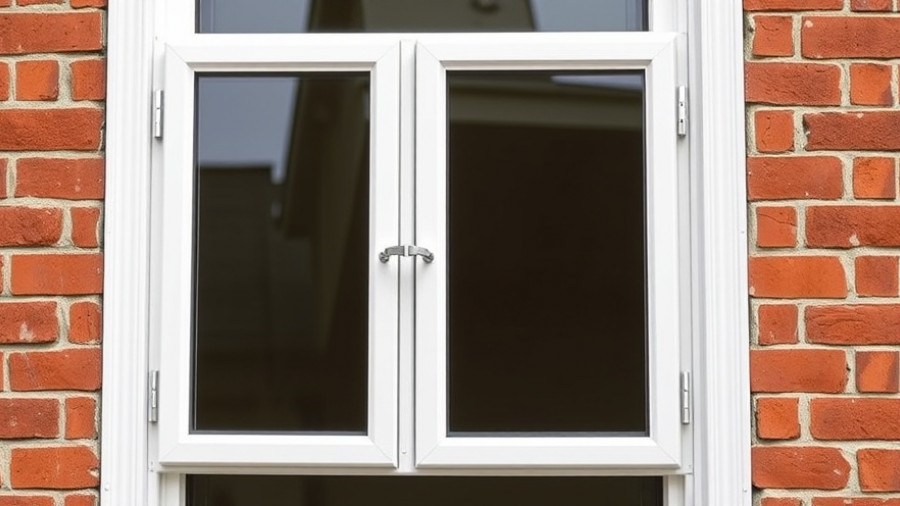
Clear the Air: Your Guide to Indoor Air Quality
In today’s fast-paced world, the focus often lies on how to achieve a healthy and sustainable lifestyle. One significant yet often overlooked aspect is indoor air quality. Poor air quality can lead to a myriad of health issues, particularly for those spending long hours at home, including respiratory problems, allergies, and even worsened mental health conditions. Here’s how you can clear the air in your home.
Understanding the Importance of Indoor Air Quality
The air inside our homes may contain pollutants like dust, mold, pet dander, and chemicals from indoor products. According to the Environmental Protection Agency (EPA), indoor air can be two to five times more polluted than outdoor air. This statistic is especially concerning as we are more aware of the impact of our environments on physical and mental well-being. Improved indoor air quality doesn't just minimize health risks; it also enhances comfort and productivity.
Simple Steps to Enhance Your Home's Air Quality
Luckily, there are straightforward steps that you can implement to breathe easier at home:
- Increase Ventilation: Keeping windows open whenever possible allows fresh air to circulate while reducing the concentration of indoor pollutants.
- Use Air Purifiers: High-efficiency particulate air (HEPA) filters can capture airborne particles, thereby filtering out allergens and dust.
- Regular Cleaning: Ensure that you dust, vacuum, and regularly wash textiles like curtains and upholstery to eliminate allergens.
- Opt for Natural Products: Choose low-VOC (volatile organic compounds) paints and cleaners; your home should feel clean and fresh but not be filled with harsh chemicals.
The Role of Plants in Air Quality
Did you know that certain houseplants can help purify the air? Plants like spider plants, peace lilies, and snake plants not only beautify your home but also help in absorbing toxins while enhancing oxygen levels. By strategically placing these plants throughout your home, you foster an aesthetically pleasing environment while working toward better air quality.
Awareness of Seasonal Factors
Different seasons can affect your indoor air quality significantly. For instance, in winter months, homes can become stuffy and dry due to heating systems; consider using humidifiers to maintain optimal levels. In contrast, spring and summer months can bring pollen indoors. Knowing what pollutants are seasonal can guide your cleaning and air quality strategies, making adjustments when necessary.
Investing in Professional Help
If you’re unsure about the air quality in your home, obtaining an air quality assessment from professionals can provide insight into any underlying issues. Often, they can offer solutions tailored to your specific needs, ensuring you create a healthy living environment for you and your family.
Conclusion: Take Action for a Healthier Home
Ensuring clean air in your home is about more than just comfort; it directly impacts your health and happiness. By taking proactive measures and fostering an awareness of your indoor environment, you join an essential movement towards healthier living. Start with simple steps today, and soon enough, you may realize just how invigorating a breath of fresh air can be!
 Add Row
Add Row  Add
Add 




Write A Comment